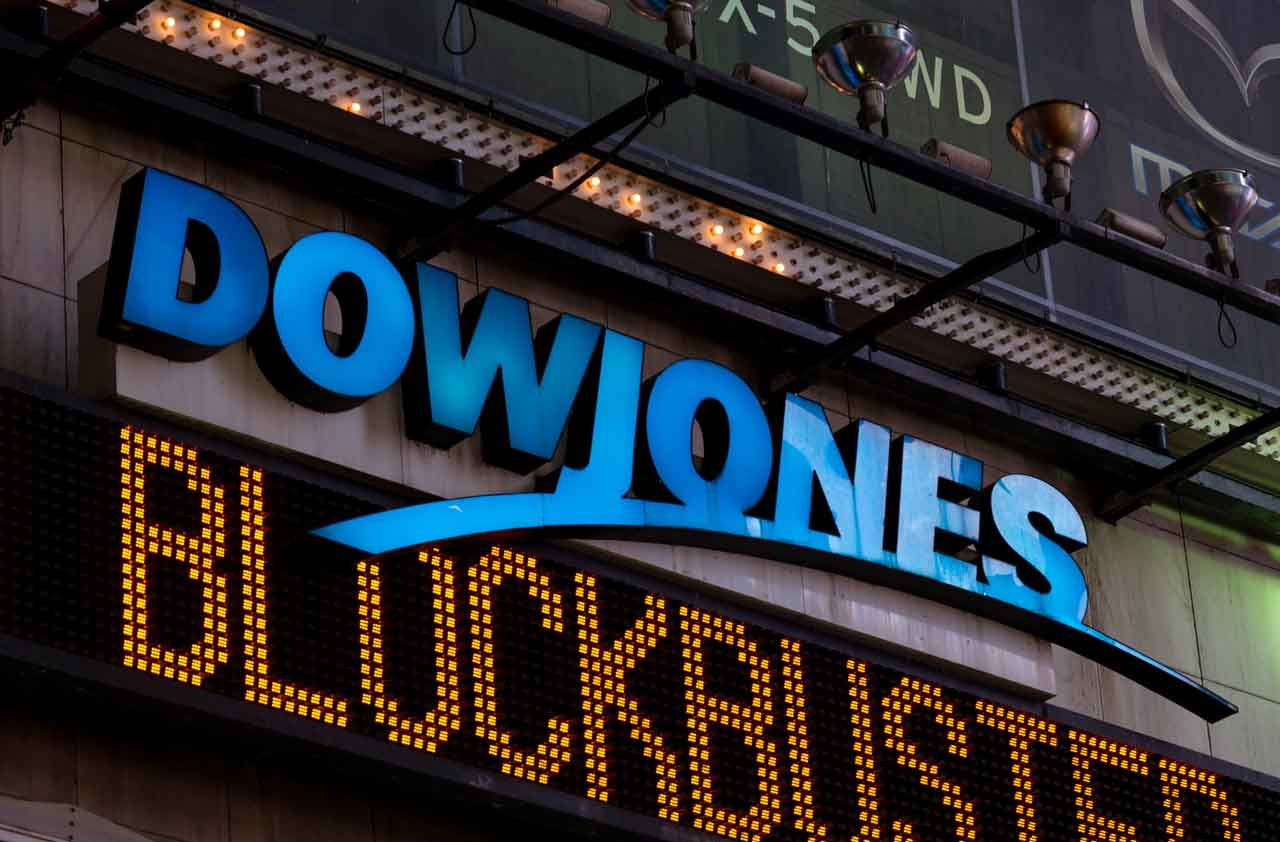3 Good Reasons to Invest in the Dow
Yes, there's a hint of fustiness to the Dow 30. But the industrials actually do a good job of tracking the market, and might do better in down times.


This isn’t your father’s stock index. But it probably is your grandfather’s. We’re talking, of course, about the Dow Jones industrial average, which has been tracking the performance of the U.S. stock market since 1896, when the average included only 12 stocks.
Some call the Dow archaic, and for good reason. For one thing, it holds only 30 stocks selected by a committee that consists of three representatives of S&P Dow Jones Indices and two representatives of The Wall Street Journal. Stocks are chosen subjectively, with factors such as industry leadership, company reputation and investor interest playing into whether a stock is included in the portfolio.
Compare that with the more quantitative Standard & Poor’s 500-stock index, which holds 500 large publicly traded companies, selected because of factors such as trading liquidity and financial viability. Unlike the S&P — which ranks stocks in the index by float-adjusted market value, or share price multiplied by the number of shares available for public trading — the Dow weights constituents by share price, so that higher-priced stocks count for more of the index.

Sign up for Kiplinger’s Free E-Newsletters
Profit and prosper with the best of expert advice on investing, taxes, retirement, personal finance and more - straight to your e-mail.
Profit and prosper with the best of expert advice - straight to your e-mail.
This practice is a “relic from the 19th century,” says Alex Bryan, head of research for passive strategies at Morningstar, dating from a time before computers made it easy to calculate market capitalization and other data in real time. The practice not only distorts the Dow’s representation of the broad market, he says, but it also leaves out companies, such as Alphabet (symbol GOOGL), whose stock prices are deemed too high for inclusion.
But hold your horses (as Grandpa might say) before abandoning the Dow. Despite its concentrated holdings, it does just about as well tracking the market as does the S&P. Over the past 25 years, the two indexes have sported a 94% degree of correlation (a measure of how similarly assets move), meaning that they largely rise and fall in lockstep. What difference there is has worked in favor of the Dow. Over the 25-year period, the Dow returned an average 10.3% per year, 0.8 percentage point per year better than the S&P. On a $10,000 investment, that amounts to a difference of nearly $20,000. Recent performance has helped boost that number. Over the past year, while bargain-priced stocks outperformed faster-growing names, the value- and quality-oriented Dow returned 20.2%, compared with 17.4% for the S&P 500’s more blended approach.
And because the Dow focuses on cash-rich industry titans, says Bryan, it can hold up better during down markets. From October 2007 through March 2009, for example, the Dow lost a cumulative 51.8%, compared with a 55.3% slide for the S&P. The highly profitable firms on the Dow’s roster also boast a higher dividend yield than those in the S&P: 2.4% on average, compared with 2.0%.
It still makes sense for index investors to hold funds that track the broad market. But you may want to add a stake in the granddaddy of all stock indexes, too.
For four ETFs that will let you to tap into the promise of the Dow, see 4 Best Ways to Invest in the Dow.
Get Kiplinger Today newsletter — free
Profit and prosper with the best of Kiplinger's advice on investing, taxes, retirement, personal finance and much more. Delivered daily. Enter your email in the box and click Sign Me Up.

Ryan joined Kiplinger in the fall of 2013. He wrote and fact-checked stories that appeared in Kiplinger's Personal Finance magazine and on Kiplinger.com. He previously interned for the CBS Evening News investigative team and worked as a copy editor and features columnist at the GW Hatchet. He holds a BA in English and creative writing from George Washington University.
-
 Walmart Scan & Go Review: Does It Really Save Time?
Walmart Scan & Go Review: Does It Really Save Time?Is Walmart’s Scan & Go really faster? Learn how this Walmart+ feature works, its pros and cons, and whether it actually saves you time and hassle at checkout.
-
 Strong April Jobs Report Lowers Rate-Cut Hopes: What the Experts Are Saying
Strong April Jobs Report Lowers Rate-Cut Hopes: What the Experts Are SayingDespite tariff uncertainty, the April jobs report showed hiring remained strong and gave the Fed a little extra wiggle room with interest rates.
-
 Stock Market Today: Dow, S&P 500 Extend Win Streaks to 8
Stock Market Today: Dow, S&P 500 Extend Win Streaks to 8Strong earnings results for Magnificent 7 stocks Microsoft and Meta fueled upside in the equities market.
-
 Stock Market Today: Stocks Rally Back Before Mag 7 Earnings
Stock Market Today: Stocks Rally Back Before Mag 7 EarningsAn unexpected contraction in the U.S. economy and dismal jobs data arrived ahead of earnings from some of Wall Street's biggest names.
-
 Stock Market Today: Stocks Extend a Quiet Winning Streak
Stock Market Today: Stocks Extend a Quiet Winning StreakThe S&P 500 Index could actually close April with a monthly gain, which would be an extraordinary sign of market resilience.
-
 Stock Market Today: Have We Seen the Bottom for Stocks?
Stock Market Today: Have We Seen the Bottom for Stocks?Solid first-quarter earnings suggest fundamentals remain solid, and recent price action is encouraging too.
-
 Stock Market Today: Great Power Affairs Mesmerize Markets
Stock Market Today: Great Power Affairs Mesmerize MarketsThe U.S. and China are at least talking about talking about tariffs, and investors, traders and speculators are showing a little less fear.
-
 Stock Market Today: Stocks Rise on Good Volatility
Stock Market Today: Stocks Rise on Good VolatilityInvestors, traders and speculators continue to process the "known unknown" of global tariff-and-trade war negotiations.
-
 Stock Market Today: Trump Retreats, Markets Rejoice
Stock Market Today: Trump Retreats, Markets RejoiceStocks rally, yields soften, the dollar rises, and even beaten-down names enjoy the wages of potential trade peace.
-
 Stock Market Today: Stocks Soar on China Trade Talk Hopes
Stock Market Today: Stocks Soar on China Trade Talk HopesTreasury Secretary Bessent said current U.S.-China trade relations are unsustainable and signaled hopes for negotiations.